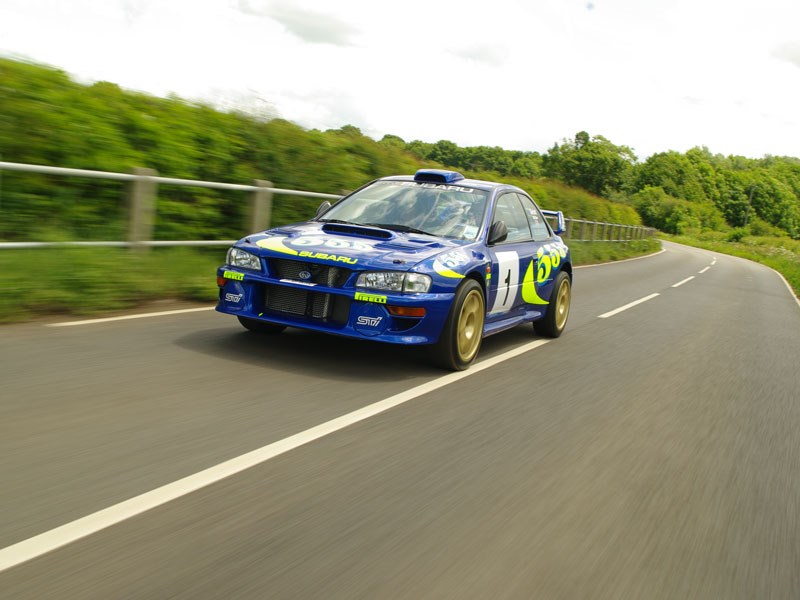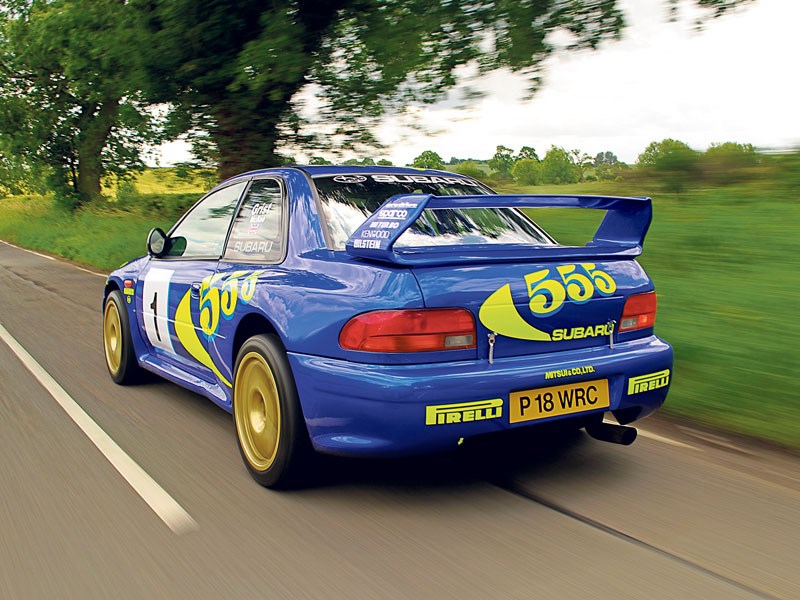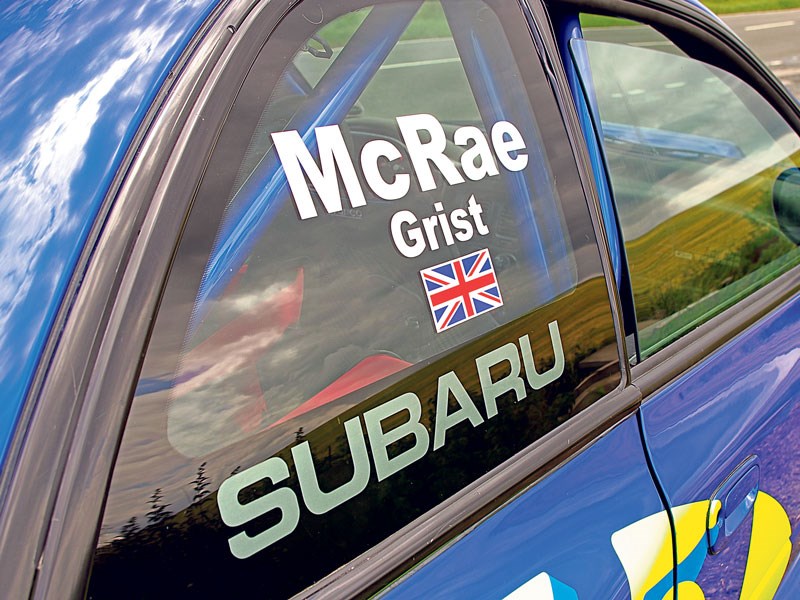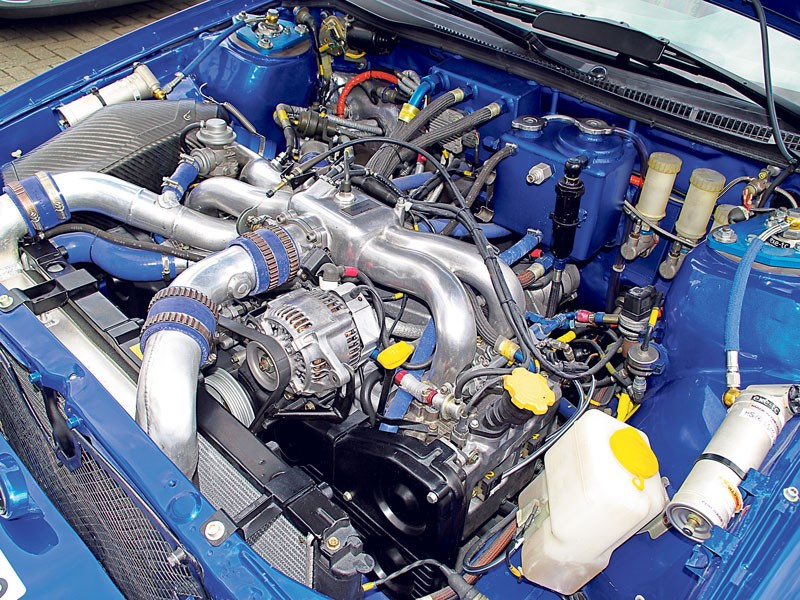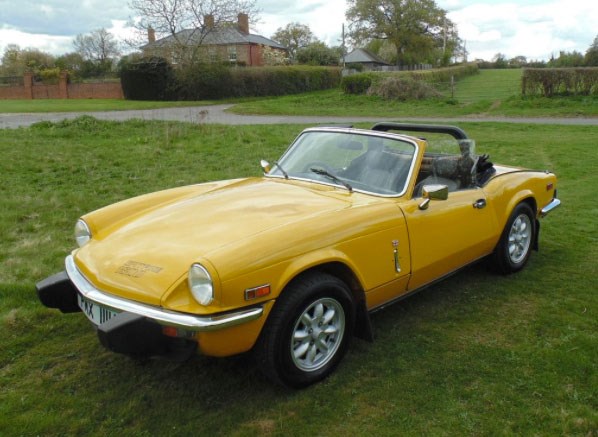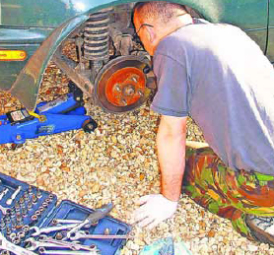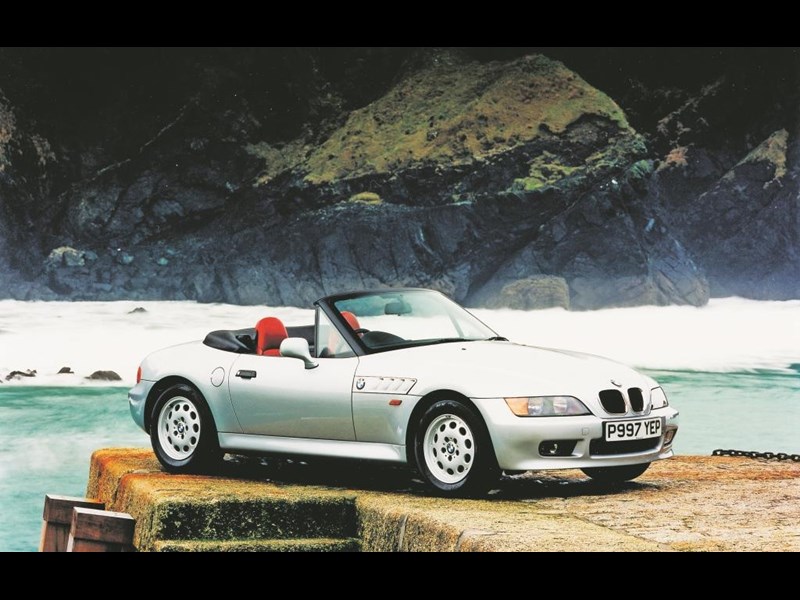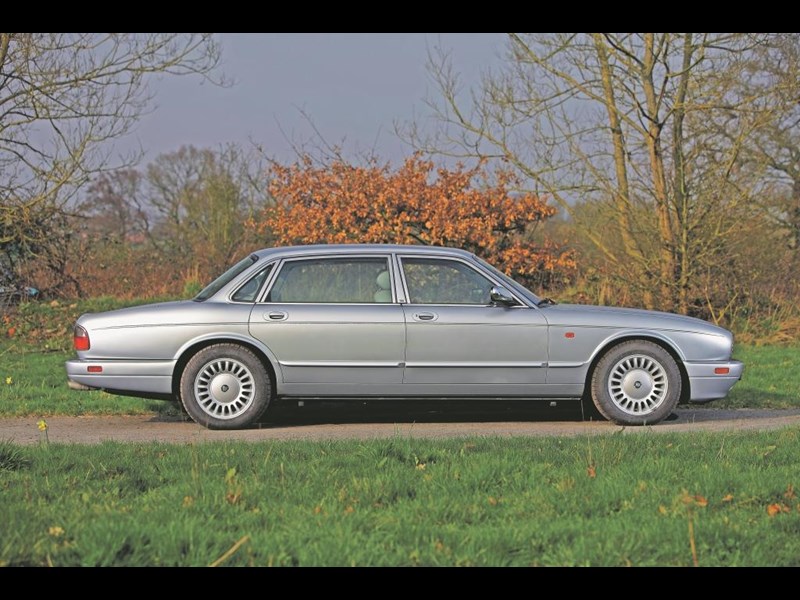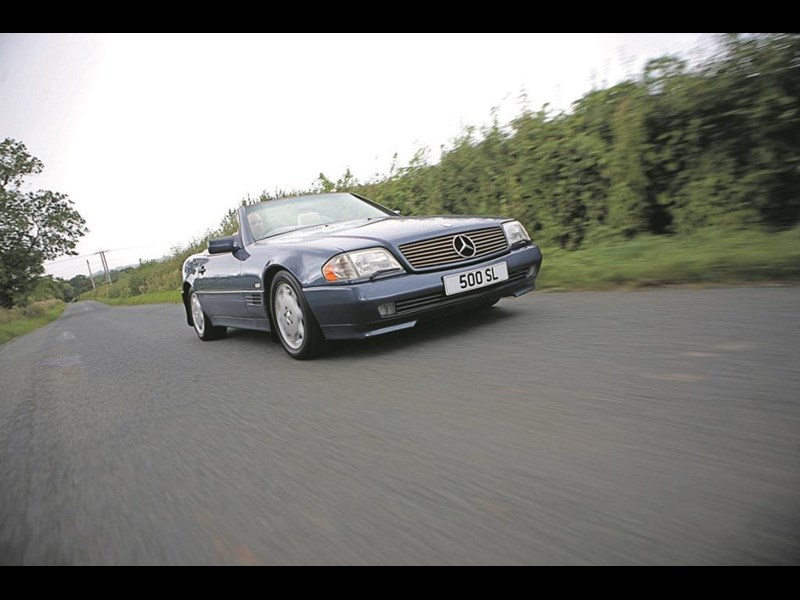Cars from the 1980s and 1990s seem set to be the winners this year, as interest from enthusiasts continues to grow and fuels values. However, the pay off against this is that prices are still cooling for older vehicles, with pre-World War Two machines suffering the most.
‘Modern classics continue to sell well at auction, while original, right-hand drive cars with good provenance continue to prove in demand,’ said Callum Chamberlain, the PR representative for Warwickshire-based Classic Car Auctions, which holds its next auction on 19 March, Its general manager Guy Lees-Milne highlighted the BMW E30 M3 of 1986 and 1992 as one to especially look out for. ‘It’s a sound buy for those seeking an affordable classic that should offer great investment potential. These cars have a loyal, cult following and tremendous pedigree – all features buyers should be looking out for.’ He also pinpointed the Ferrari 348 as ‘a great value, useable modern classic for under £50,000 and, if it follows the price rise of its successor, the F355, then it could prove a valuable investment.’
Derek Mathewson, of North Yorkshire’s Mathewson’s (whose next sale is 27 February), also felt that ‘older modern cars’ were finally in the ascendancy. ‘Every sale, we have about 20 vehicles that perhaps shouldn’t be in a classic auction. Then we sell about 14 or 15 of them. However, values for 1920s and 1930s cars is very flat now, apart from evergreens such as Bentleys and Austin Sevens. Cars like MG TDs are very down; the market is flooded with them. But nobody goes for them anymore because they’re now too old. The interest is disappearing.’
Derek’s belief is that MkI Vauxhall Cavaliers, FE Victors and Landcrabs could be the next cars to see hikes in values, with Bristols and Jensens in the upper echelons. ‘Bristols in particular are going to rocket. They’re super cars.’ However, the situation was less rosy for some mainstream stuff such as Maestros and Montegos. ‘They’re not so good to shift,’ said Derek.
Rob George, of Anglia Classic Auctions, also flagged up modern classics as likely to see rising prices over the coming year, following strong sales in this sector over 2015. ‘Last year, we sold a Sierra Cosworth covered in dirt for £47,000. I think Subaru Imprezas will be the next big thing. Think Richard Burns and Colin McRae – people grew up playing the video games, now they can have the real thing. Nice, unabused examples will do especially well. ’ However, he did stress that classics shouldn’t be about the money. ‘It’s nice that they go up in price, but don’t buy them just for that. Why not use and enjoy them for what they are. We’ve always been enthusiasts first and foremost and it really shouldn’t be all about the money.’
THREE GREAT CARS YOU SHOULD BUY NOW
BMW Z3
These compact BMW sports cars are at last sparking genuine enthusiast interest as they move out of the shadow of the succeeding Z8. Values are, naturally, stronger for the six-cylinder cars and the M-branded models. Intriguingly, it’s the M Coupe – regarded when new as an ugly duckling – that now attracts the most cash.
MAZDA MX-5
Japan’s reinvention of the Elan, MGB, Midget and all those great sports cars of the 1960s continues to pile on the cash potential. The first generation cars will always be the best-loved, but now the appeal of the second generation cars is starting to rise too. If only they had pop-up headlamps…
JAGUAR XJ
From the X300 onwards, values of these saloons have been in the doldrums. But as with any Jaguar, it’s only a matter of time before the money starts rolling in. Derek Mathewson of Mathewson’s describes them as ‘the equivalent of where the MkII was in the 1970s.’ The X350’s all-aluminium body makes it the best bet.
THREE CARS YOU SHOULD KEEP
MERCEDES-BENZ SL
Prices for Mercedes-Benz R129 SLs (1989-2002) are on the floor right now, with Derek Mathewson mentioning the ‘false market’ for them, whereby some people are asking too much money. However, once this has calmed down, the sensible cash will start going their way. After all, look at what’s happened with the previous series?
BMW E30 M3
If you’re lucky enough to have an E30 M3, hang onto it. Values rose steeply last year and show no signs of slowing down. Just don’t muck around with it, because the more original and untouched an example is, the more likely it will be to find buyers who are prepared to pay handsomely.
SUBARU IMPREZA
There are good Imprezas and there are bad Imprezas. The good ones have been kept pure by their owners while the bad ones have been tragically modified and run on a budget. If you’ve got the former, celebrate – you’re winning at life. If you’ve got the latter, get it back to how it should be.
THREE CARS YOU SHOULD SELL
MG T-TYPES
Values for pre-war cars as a whole are down, but it’s MG T-types, and the TD in particular, that are bearing the brunt most of all. With so many later MGs available to acquire and enjoy, these earlier Abingdon cars are becoming harder to sell. Sadly, there are few signs of this trend reversing.
AUSTIN MAESTRO/MONTEGO
With Maestros and Montegos being cited as hard to shift by Derek Mathewson, these 1980s and 1990s Austin Rovers have yet to financially sign. There’s a cult following for the cars, but that means that vehicles just seem to change hands within these circles. The wider enthusiast market has yet to see the appeal.
RANGE ROVER P38
Along with the first generation Discovery, the second series Range Rover is the problem child of the Land Rover family. Poor build quality and too many abused examples mean there’s little interest and even judicious care and attention seems incapable of stopping them going wrong. If you’ve a nice one, sell it before something on it blows up.
